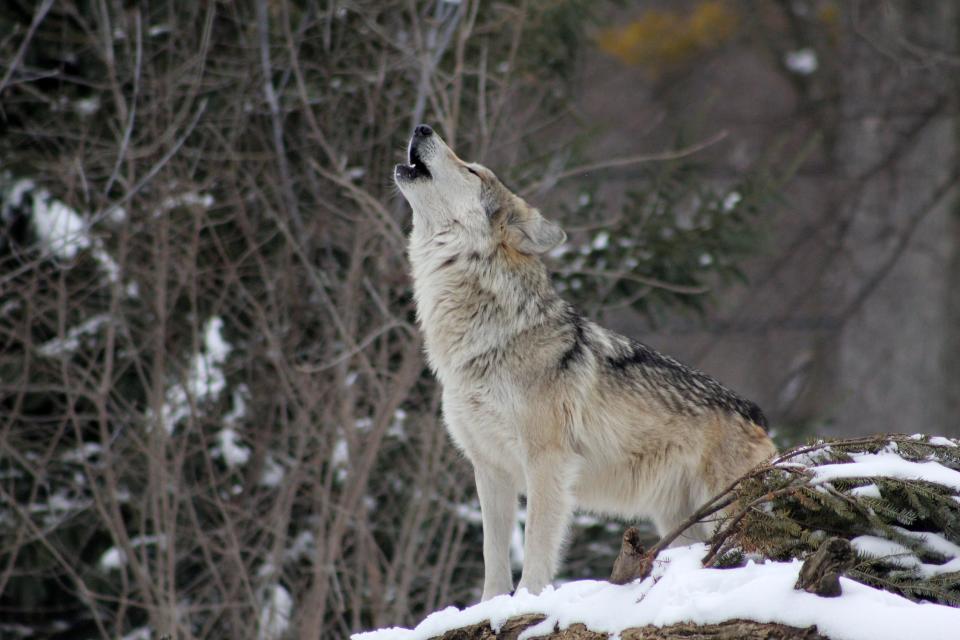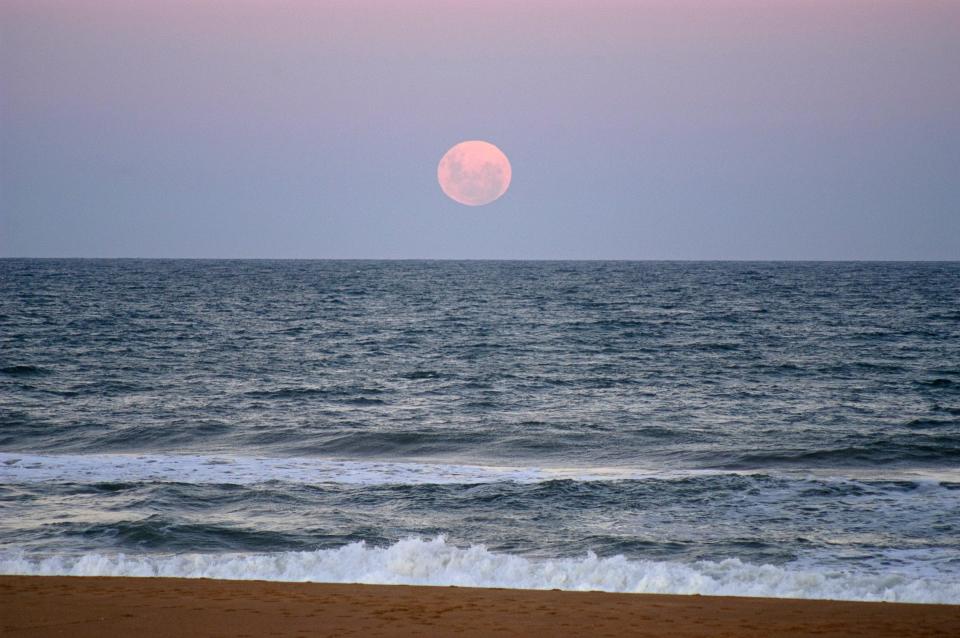Details on the next full moon, the wolf moon, and what to look forward to in February
New year, new month, and now a new full moon to look forward to.
Whether you missed the last full moon or are on a roll with your stargazing, here’s what you need to know about January’s full moon.
When is the next full moon?

The first full moon of 2024, a wolf moon, will occur on Thursday, Jan. 25, at 12:54 p.m., according to TimeandDate.com.
The moon will be on the opposite side of Earth to the sun, with the face of the moon facing toward Earth. The moon will be entirely illuminated by the sun’s rays, according to Almanac.
Ahead of the full moon, a new moon will occur on Jan. 11 at 6:57 a.m., followed by a first quarter moon on Jan. 17 at 10:53 p.m. The last quarter moon occurred on Jan. 3 at 10:30 p.m.
What is a wolf moon?
The wolf moon, thought to have Celtic and Old English origins, is known as such due to wolves that are active during the early parts of the year.
The January full moon is also known as the “stay home moon,” “quiet moon,” “severe moon,” “center moon” or “moon after Yule,” according to Celtic and Native American traditions, according to TimeandDate.com.
For many full moons, there’s folklore attached to the occasion. Some moon folklore reported by Almanac includes:
A bright first moon brings promises of rain and good harvest while a red-tinted moon signals a dry year ahead.
A halo around the moon predicts wet or stormy weather.
A growing moon and flowing tide are regarded as lucky times to marry.
February full moon

The next full moon, a snow moon, will appear on Feb. 24 at 7:30 a.m., according to TimeandDate.com.
The full moon is named after the snow on the ground in the Northern Hemisphere. Other names for the February full moon are the “hunger moon,” “storm moon,” “bald eagle moon” and “bear moon,” among others, in various Native American and Indigenous cultures.
About once every 19 years, February does not have a full moon, an occurrence known as a black moon. Due to time zone differences, this may not happen all over the world, according to TimeandDate.com.
This full moon is also a micromoon, a full moon that is at its farthest point from Earth, the opposite of a supermoon, according to Almanac.
Got a tip or a story idea? Contact Krys'tal Griffin at kgriffin@delawareonline.com.
Eclipse coming soon: A total solar eclipse will be visible in the U.S. this spring for the first time in 7 years
Seasonal depression info, help: Is winter making you sad? What to know about seasonal depression symptoms, treatment, more
This article originally appeared on Delaware News Journal: Next full moon in January, what to know about the wolf moon on Jan. 25

